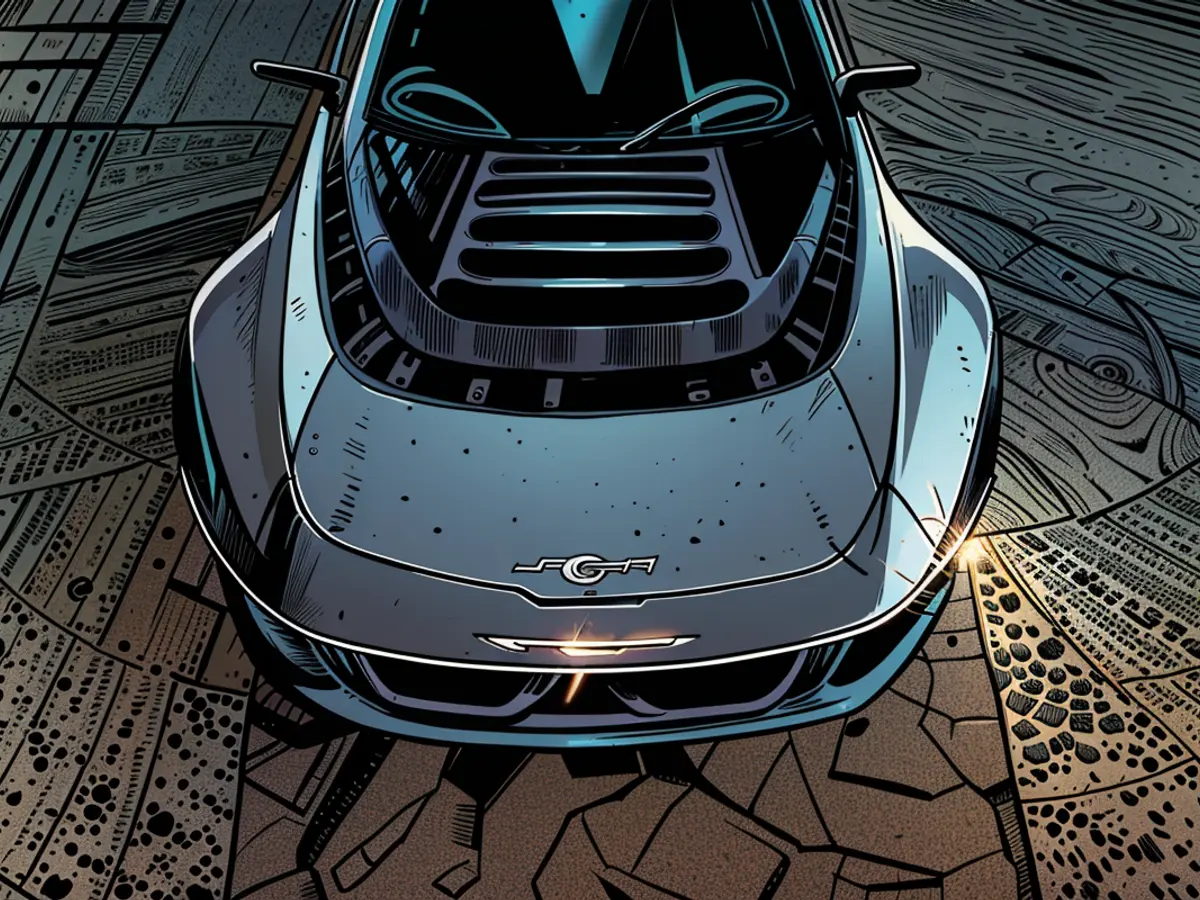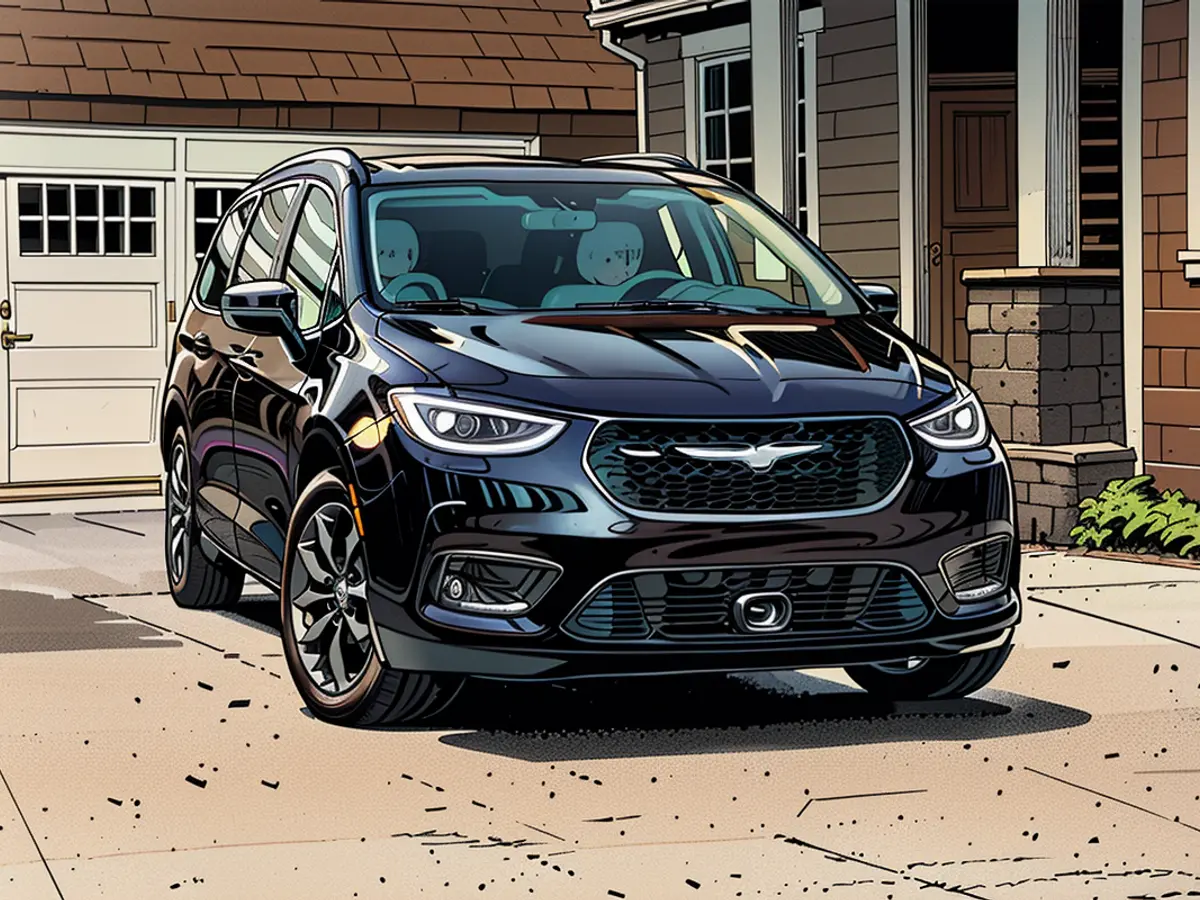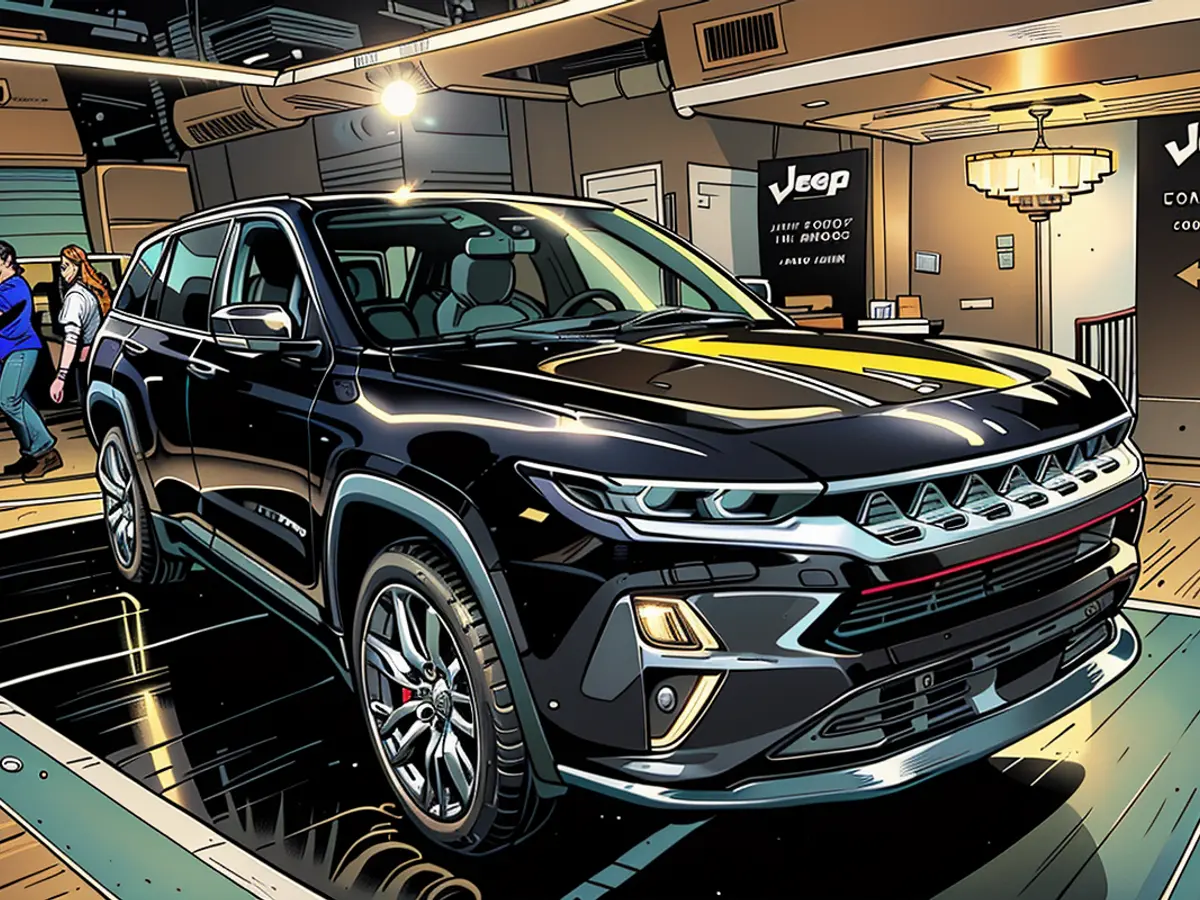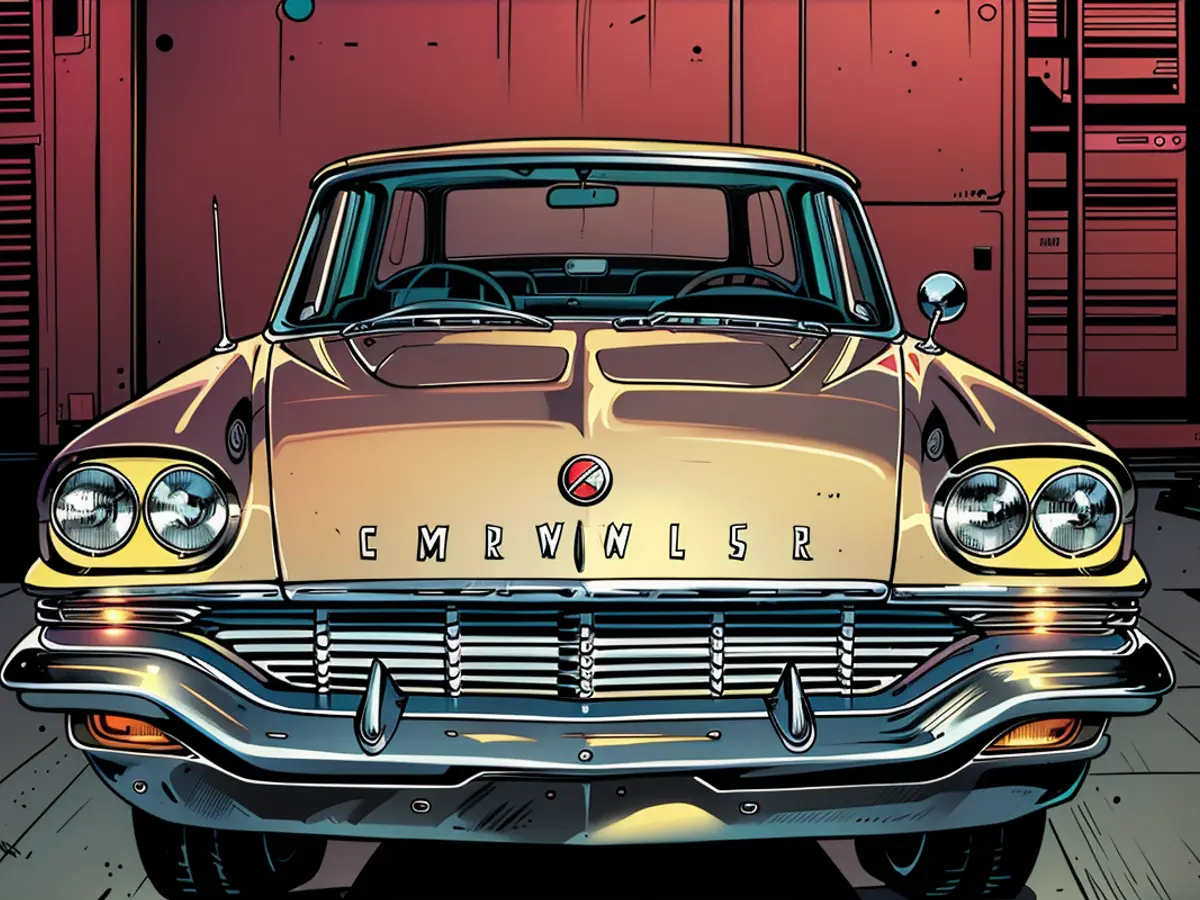Jeep and Dodge manufacturer plans to eliminate chrome on vehicles, suggesting safety issues for those manufacturing it.
Chrome has been a captivating feature in the automotive world, bringing an elegant touch while also safeguarding unpainted metal elements from corrosion. It's become synonymous with luxury, especially in American vehicles.
Leslie Kendall, the head curator of the Petersen Automotive Museum in Los Angeles, views chrome as "the automotive equivalent of wearing jewelry on an outfit."
However, automaker Stellantis, which produces Dodge, Jeep, Ram, Fiat, and Maserati, among others, has plans to eliminate chrome from all their new models. Their initiative, known internally as "Death of Chrome," aims to replace chrome with less harmful alternatives.
Stellantis's chief global designer, Ralph Gilles, believes that customers will eventually prefer the new trim options.
"Death of Chrome" and Its Implications
"Death of Chrome" emerges in response to the hidden dangers of hexavalent chromium, a cancer-causing agent associated with chrome plating. This hazardous substance can have dire consequences for both workers and the environment.
"Hexavalent chromium is a carcinogen that is the second most potent toxic air contaminant, second only to diesel exhaust," said the California Air Resources Board. "It has no known safe level of exposure."
Although chrome-plated parts in vehicles aren't themselves harmful, the real risk is during the electro-plating process when hexavalent chromium exposure can occur. While measures are in place to limit exposure, regulators in California are pushing for a complete ban on using hexavalent chromium for chrome plating.
Hexavalent chromium is used in various industries, including automotive, where it's employed to increase steel hardness and as an anti-corrosive agent in paints. In 2019, a toxic green slime leaked onto a highway in Detroit, leading to a cleanup effort by Michigan regulators.

The National Association for Surface Finishing, an industry group that represents chrome platers, comments that significant progress has been made to safeguard workers and the environment. However, alternatives to hexavalent chromium are needed.
Disenchantment with Chrome
Gilles acknowledges the availability of safer alternatives but highlights the challenges: they either don't have the same luster, don't last as long, or come with hefty price tags for mass-produced vehicles. Trivalent chrome, for example, employs a different form of chromium and a simpler process.
"The problem is the luster isn't as good," said Gilles. "It has a more yellow finish. Hexavalent is extremely good, very brilliant, very clear - that's why people have come to love it. They don't realize what they're looking at, but they've come to love it."
In an effort to dismantle the appeal of chrome, Stellantis intends to promote styles and designs that don't rely on chrome at all. "Blackout packages" are a popular choice, replacing all the exterior brightwork with matte black pieces, creating a dark and stylish effect. "Murdered out" is a term commonly used on the streets to describe this look.
Gilles finds that "sometimes people go and personally convert their cars to blackout packages...they call it 'murdered out' on the street." He has even turned his 2016 Chrysler minivan into this style, which eventually evolved into the Chrysler Pacifica S Package, featuring a black grille and a black-winged Chrysler logo.
However, not everyone prefers the all-black look. Gilles shares: "black's not the only option. Sometimes a vehicle can look a little bit 'triste,' as they say in French, sad, when it's all black."
Polished stainless steel and satin steel with a dull finish offer alternatives to chrome that appear premium but can be more expensive. Matching different tones and textures might even enhance the result.

"Sometimes, you don't desire an extensive contrast with total black and white tones. Instead, a tonal difference can be more alluring," Gilles mentioned. "Therefore, we're opting for bronzes, silvers, and graphites in place of chrome to generate that appealing contrast."
Stellantis has experimented with chrome substitutes on select models, often witnessing better sales than anticipated. This indicates that car buyers are up for novelty.
The imminent Jeep Wagoneer S electric SUV from Stellantis will be among the first to feature these new styling elements. There will be no chrome available, not even as an option. Moreover, all Stellantis' new models will abstain from chrome, as per Gilles.
Volkswagen Group's design division also seeks alternatives to hexavalent chrome as its use is becoming stricter in various regions, such as Europe. Designers at VW are exploring a variety of finishes with different colors and textures to accentuate specific models.
"We are also employing light as a replacement for chrome," VW shared in a statement with CNN. "Light offers us more options in terms of both exterior and interior applications."
In fact, various VW models already boast illuminated round VW logos that shine at night. Stellantis has also tested glowing emblems on a few of its concept vehicles.
It's worth noting that the usage of chrome on contemporary vehicles has significantly declined from its heyday. Chrome's appearance on cars emerged in the 1920s as a brighter and less high-maintenance substitute for nickel and, previously, brass.
After some time, the fondness for chrome escalated to an "more is always preferable" state during the same era when cars exhibited fins. Gilles explained, "Chrome attained its zenith in the '50s with the massive American land yachts and vehicles featuring enormous chrome bumpers and grilles. They couldn't utilize sufficient chrome. They plastered as much chrome as they could."_

Read also:
The business decision made by Stellantis, the manufacturer of Dodge and Jeep, to eliminate chrome from their vehicles could potentially impact the car accessories industry that specializes in chrome parts.
In response to the health and environmental concerns surrounding hexavalent chromium, many automakers are looking for alternative trim options to replace chrome, such as trivalent chrome or matte black pieces.








